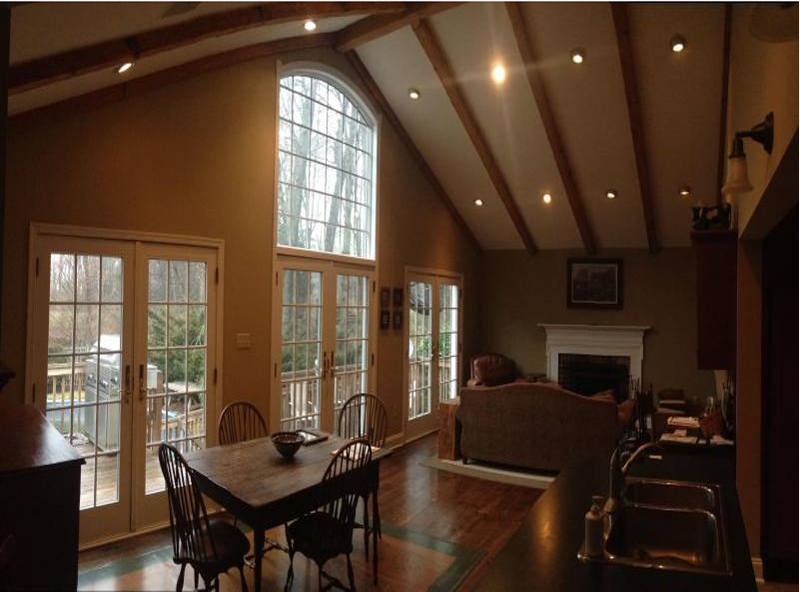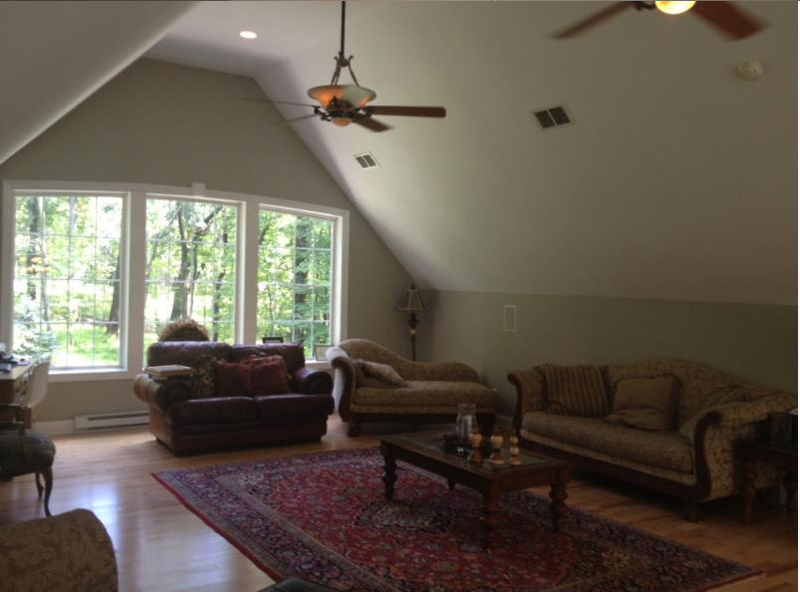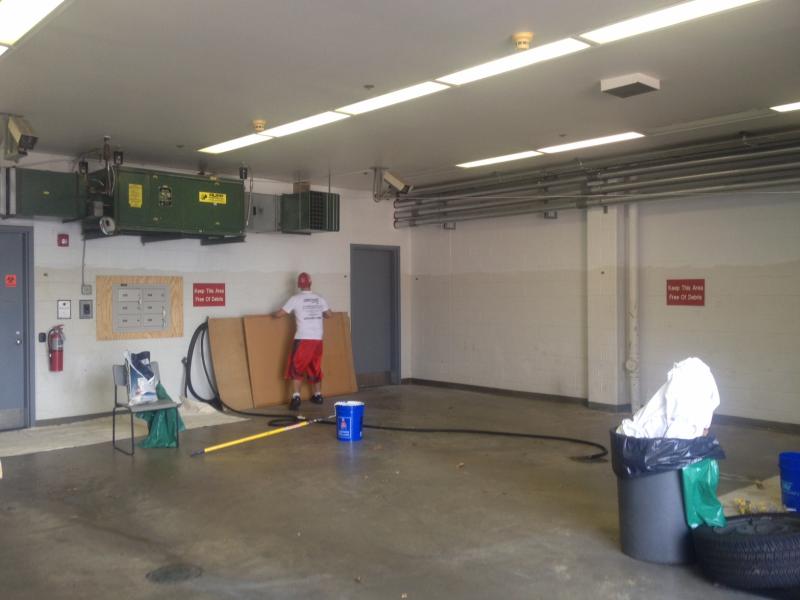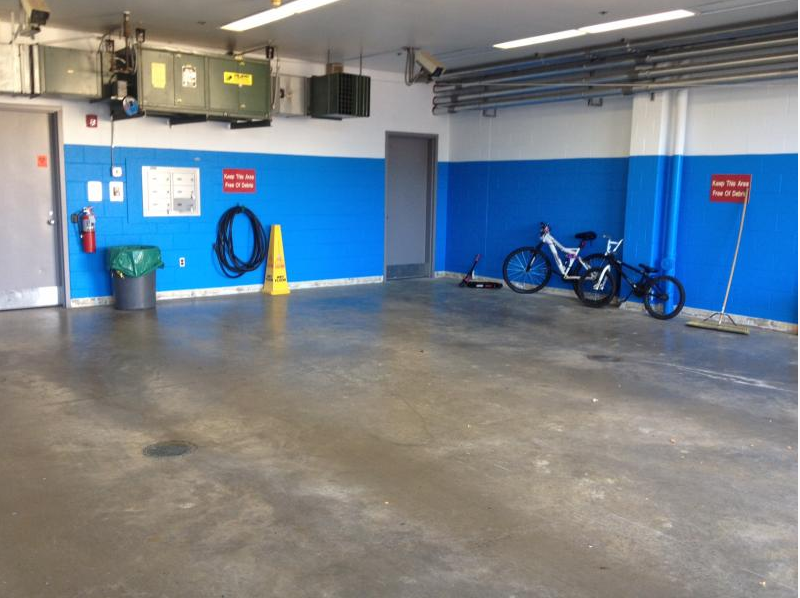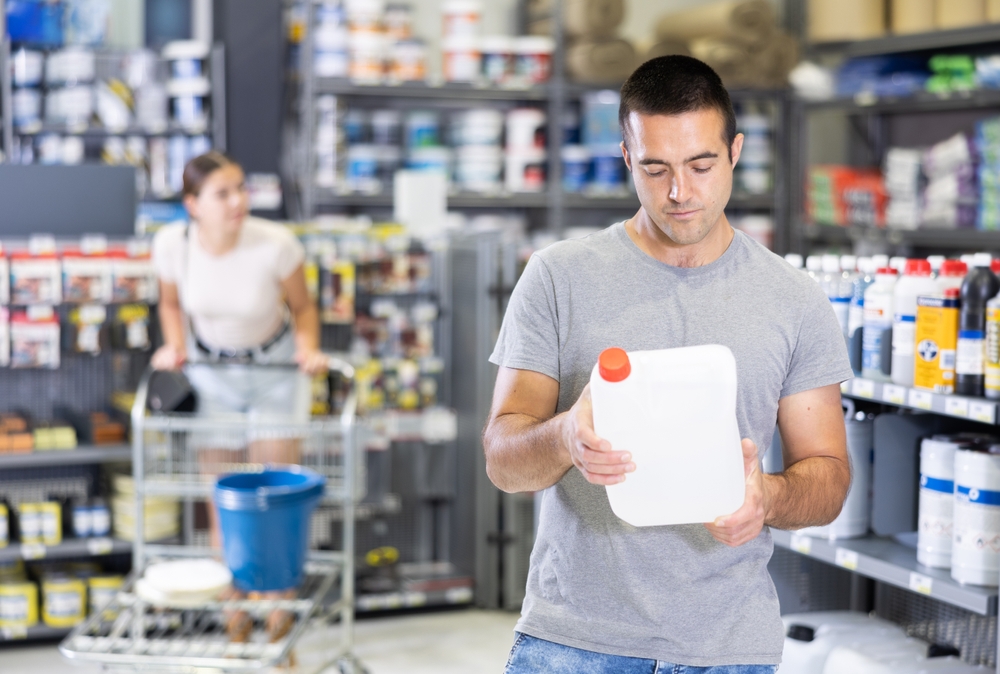
Have you ever stood in the paint aisle, staring down a wall of color swatches with a roller in one hand and a lingering voice in your head whispering, “Do I really need primer?” It’s a classic internal debate that pops up right around the time you feel most motivated to dive into that long-awaited room refresh.
After all, primer feels like an extra step. It’s not colorful. It’s not fun. And it doesn’t give you that satisfying “after” photo on Instagram. But skipping it without knowing what it really does is like baking a cake without preheating the oven—you might still get a result, but it won’t rise the way it should.
So, is primer always necessary? Or is it just an outdated rule clinging on from the past like popcorn ceilings and sponge painting? In this post, we’re peeling back the curtain (and maybe a few old paint layers) to break down the real role of primer, when you need it, and why it can make or break your paint job…literally.
Whether you’re painting over glossy cabinets or giving your living room walls new life, the primer question is worth answering.
What Is Primer, Really?
Primer is more than just white paint in a different can. It’s a specially formulated base coat designed to prepare surfaces for painting. Think of it like skincare before makeup. It helps paint go on smoother, stay in place longer, and look better once it dries.
Primers are usually made with resins that help them adhere to surfaces more effectively than regular paint. Some types also have stain-blocking properties, moisture resistance, or sealing power, depending on what kind of surface you’re dealing with. It’s not about adding more work. It’s about setting yourself up for success.
When applied correctly, primer can create a uniform surface that enhances paint adhesion and improves overall coverage. That means fewer coats of your expensive topcoat and longer-lasting results. But it’s not always mandatory. The trick is knowing when it’s worth it and when you can skip it without regrets.
When Primer Is Absolutely Essential
There are a few situations where primer isn’t just helpful, it’s non-negotiable. If you’re dealing with one of the following scenarios, skipping primer could lead to blotchy coverage, uneven sheen, or worse, peeling paint that chips within months.
Painting Over Bare Surfaces
If you’re painting fresh drywall, raw wood, or unfinished plaster, primer is a must. These materials are porous and will soak up paint like a sponge. Without primer, you’ll end up using more paint and still end up with a patchy finish.
Drastic Color Changes
Transitioning from dark to light (or vice versa)? Primer helps bridge the color gap so your topcoat doesn’t require four or five coats to cover what’s underneath. A tinted primer can make a huge difference here.
Stained or Damaged Walls
Water stains, crayon marks, and smoke damage need to be sealed off. Paint alone won’t hide these spots, and they’ll eventually bleed through. A stain-blocking primer is the only way to guarantee those blemishes stay hidden.
Glossy or Slick Surfaces
Trying to paint over glossy cabinets, trim, or tile? Without primer, your paint may not stick at all. High-adhesion primers are designed to grip those slick finishes and give your new color something to hold onto.
Exterior Surfaces
Exterior painting requires durability. Primer helps seal surfaces and resist moisture, temperature changes, and UV exposure. Without it, exterior paint may peel or fade prematurely, especially in areas exposed to the elements.
When You Might Be Able to Skip It
Yes, there are scenarios where primer isn’t absolutely necessary, especially if you’re working with high-quality paint that contains a built-in primer. But those “paint and primer in one” cans aren’t a magic shortcut for every job.
If your surface is already painted, in good condition, and you’re applying a similar color, you might be able to skip the primer. In that case, just make sure to clean and lightly scuff the surface to help the new coat bond properly. But even then, skipping primer is more of a calculated risk than a universal rule.
Primer vs Paint: What’s the Difference?
| Feature | Primer | Paint |
| Purpose | Surface preparation | Color and finish |
| Adhesion | Excellent | Moderate |
| Coverage | Seals and smooths surfaces | Provides color and sheen |
| Stain Blocking | Yes, in specialized formulas | No |
| Durability | Helps topcoat last longer | May peel without proper base |
| Cost | Less expensive per gallon | More expensive per gallon |
| Used Alone? | No, must be followed by paint | Yes, but results vary without primer |
Primer by Surface: What Type Do You Need?
Not all primers are created equal. The type of surface you’re working with will determine what kind of primer you need. Using the wrong one can be just as ineffective as skipping it altogether.
Drywall
New drywall is highly absorbent and prone to texture inconsistencies. A latex primer designed specifically for drywall will help seal the surface and prevent flashing (that uneven shine you sometimes see under paint).
Wood
For bare or stained wood, use an oil-based primer. It penetrates the wood grain and blocks tannins that can bleed through lighter paints. For painted wood that’s in good shape, a bonding primer might be enough.
Metal
Metal surfaces need a rust-inhibiting primer. These primers create a moisture-resistant barrier and help paint adhere to non-porous surfaces.
Glossy or Previously Painted Surfaces
Use a bonding primer. Perfect for cabinet painting in Bucks County and the surrounding areas, these are specially formulated to grip slick surfaces like glossy trim, tile, or laminate. It’s the only way to avoid peeling or chipping down the road.
Primer for Exterior Painting Projects
If you think primer is just for indoor walls, think again. Primer plays an even bigger role in exterior painting. Outside surfaces face constant exposure to the elements such as, rain, wind, sun, temperature shifts, and moisture, all of which can affect how well paint adheres and how long it lasts. Primer forms a seal that protects the underlying surface and helps your topcoat withstand everything nature throws at it.
Wood siding, for example, can absorb moisture if left unprimed, leading to warping and peeling paint. Concrete, stucco, and brick are often chalky or textured and need primer to level out their surfaces. Even handrail painting in Skippack and beyond benefits from a rust-inhibiting primer before paint goes on.
Skipping primer on exterior jobs can result in fading, cracking, and peeling within a single season. It’s not just a visual issue. It’s a structural one, too. The primer you choose acts as a shield, giving your home lasting curb appeal and protection.
Primer’s Role in Specialty Paint Finishes
If you’ve ever tried to create a unique finish, like chalkboard paint, metallics, or high-gloss black, then you already know how unforgiving those styles can be. Primer plays a huge role in helping specialty finishes look clean and consistent. These paints tend to magnify imperfections, and without a solid primer base, the final look can appear streaky or uneven.
Let’s say you’re painting cabinets with a glossy finish. Without primer, the surface might reject the paint or absorb it unevenly, especially around edges or detailed grooves. Primer provides a uniform surface, making specialty paints glide on smoothly and adhere with strength.
In creative painting applications, from accent walls to custom furniture pieces, primer is your secret weapon. It enhances vibrancy, controls absorption, and gives your statement finish a professional edge that holds up to daily wear.
The Benefits of Using Primer (Even When You Think You Don’t Need It)
Even if you could technically skip primer, using it anyway can still pay off in the long run. Here’s why:
- Better Coverage: Primer helps hide imperfections and evens out surface texture. That means your paint color looks more uniform and consistent.
- Fewer Coats Needed: A primed surface holds paint better, so you often need fewer coats of your top color. That saves time and money, especially if you’re using high-end paint.
- Improved Durability: Paint that adheres well to a primed surface is less likely to peel, chip, or fade. It’s not about looks, but longevity.
- Moisture Resistance: Primers can seal porous surfaces, making them more resistant to moisture and humidity. That’s crucial in bathrooms, kitchens, or basements.
- Cleaner Finish: Primer helps create a smooth, uniform surface that allows paint to dry evenly. No blotches, streaks, or weird sheen variations.
So… Is It Always Necessary?
The honest answer? No, not always. But more often than not, it’s worth the extra step. Primer is your insurance policy against a bad paint job. It helps your color look better, your finish last longer, and your hard work truly shine.
If you’re ever unsure, err on the side of using it. Or better yet, call a professional who knows when primer is a must and when your walls can go without. At First Place House Painting, we help homeowners make these calls every day—and we don’t just go through the motions. We evaluate your surface, assess the condition of your walls, and recommend what will deliver the best results for your specific space.
Proper Preparation for Your Next Project
Primer might not be glamorous, but it’s a behind-the-scenes hero in the world of painting. Whether you’re transforming a dated bathroom, refinishing old cabinets, or finally giving your living room the glow-up it deserves, skipping primer could cost you more than just aesthetics. It could mean redoing the job months later.
So before you dip that roller, ask yourself: is my surface really ready for paint? If the answer’s not crystal clear, don’t stress. That’s where expert insight comes in.Need help deciding what prep your space needs? Let us take the guesswork out of it.
At First Place Painting, we combine years of hands-on experience with high-quality materials to deliver finishes that don’t just look good on day one. They last for years to come. Contact us today for a personalized consultation and let’s get your project started the right way.
